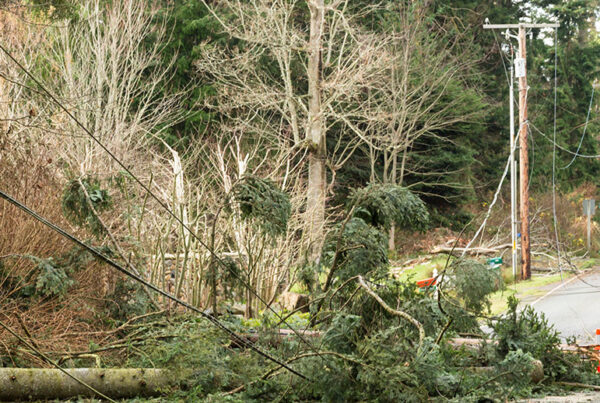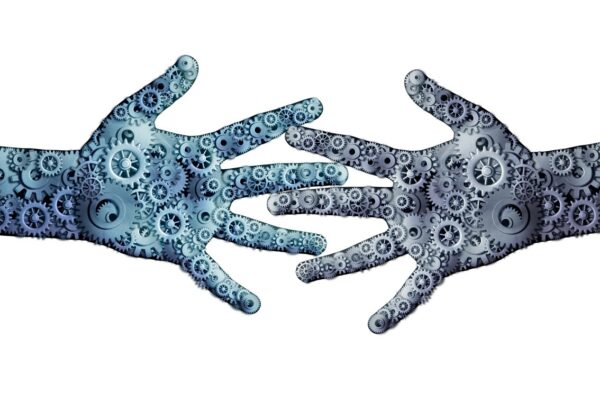
As an essential industry, utilities have risen to the occasion by implementing pandemic plans to protect customers and workers while keeping the lights on. COVID-19 has brought unemployment, shutoff deferments and changes in consumption patterns.
Now, with states starting to reopen businesses and access to public spaces, utilities are preparing for what comes next. Analytics can help to paint a picture of revenue going forward by forecasting the return of demand and determining payment options for customers as shutoff moratoriums are lifted.
Impact of COVID-19 on utility revenue
Because of the restrictions on nonessential businesses, power demand in the U.S. fell 6.1% in early April 2020 from the year-ago level.[1] In an ironic twist, one economics professor at the University of Chicago is using change in electric usage as a way to track the state of the economy. The theory is explained in a recent New York Times article, Another Way to Track the Recession: Power Usage is Way Down.
Usage patterns have changed as well. With the shuttering of commercial and industrial facilities, consumption there is down. With shelter at home, residential consumption is up. System loads have shifted as well, with daily ramp-up being delayed by as much as 1 hour.
At the same time, with millions of workers laid off or furloughed, more than two dozen states have enacted some form of relief for customers unable to pay their bills, including shutoff deferments for nonpayment. Utilities in other states have implemented such measures voluntarily.
While it is clear generators will see a loss in revenue from drops in usage, it is not as clear how revenue will be impacted for transmission and distribution utilities. A lot depends on the relative mix of residential vs. commercial and industrial load, rate class margins and whether regulators allow decoupling in the utility’s service territory. Then too, regulators may approve recovery mechanisms to make utilities whole, such as bad-debt riders.
Anticipating demand as the economy reopens
Think about how reopening will play out. There will be a large variation from state to state in the cadence of reopening. Some states will reopen first in low-incidence regions but not in heavily impacted areas. States also will differ in which facilities and nonessential businesses will open first, such as schools, daycare, universities, personal services, restaurants and parks.
Add to that, there are economics involved. Despite the availability of government loans, some businesses will not be able to afford to reopen. Alternatively, other facilities, such as auto manufacturing plants, will come back on-line but possibly with reduced staff and production levels. Some utilities expect a V-shaped dip in sales during the peak of the pandemic, but without revenue recovering to pre-pandemic levels.
Here is where analytics can help. Simulations of base case and various pandemic scenarios can provide a top-down approach to understand possible ramp-up patterns. Utilities often populate forecast models with data from pandemic-related economic models provided by other sources.
A bottom-up analysis is helpful as well. According to Dr. Frank A. Monforte of Itron, utilities that can map advanced metering infrastructure (AMI) data with primary-use classifications (for example, office retail stores, grocery stores, warehouses) can use predictive analytics to build system load shapes from the bottom up that mimic the cadence of businesses reopening. Itron has been working with utilities on this type of analysis. Adding geospatial data and using circuit-level load shapes could help operators be ready for shifts as businesses reopen.
Theoretically, it should be possible to overlay rate calculations on AMI data to arrive at very granular revenue forecasts. It will be interesting to see whether utilities attempt this type of modeling or continue to rely on a top-down approach.
Helping customers with post-deferment payments
A question utilities should be asking now in preparation for reopening is, what happens when moratoriums on shutoffs are lifted? Accounting firms characterize bad debt from nonpayment of utility bills as incremental revenue losses.
Given the millions of people who are now unemployed, it is likely there will be customers who still have difficulty paying their utility bills when moratoriums are lifted. Regulators may look favorably on expanding the recovery of costs due to pandemic-related nonpayment losses, but not without proper accounting. Regulators also will want to see evidence the utility has been helping customers with payment arrangements.
Proactive utilities will adjust their existing payment plans in light of COVID-19 to help customers cover their bills. These programs will be more effective if they are designed for customers who are likely to pay, slow pay and those who will not be able to pay at all. Adjustments may entail customized payment plans or referrals to public or private resources for help. This is where the analytics come in. Customer segmentation analytics that identify the characteristics of those customers will be more likely to see success over a scattershot approach to credit and collections.
Utilities typically have good data on customers’ payment history but will need to rely on external firmographic and demographic data to target marketing to customers who are likely to take advantage of alternative payment plans. According to Tom Martin, managing director of product, energy and utilities for TROVE, several utilities are working with the company to prepare for the expiration of shutoff moratoriums, using micro-segmentation and risk scoring to engage customers. TROVE recommends continuously refreshing data to create a feedback loop as the COVID-19 situation evolves.
[1] Utility Stocks Aren’t Immune to COVID-19’s Impact, NASDAQ blog, April 19, 2020.













